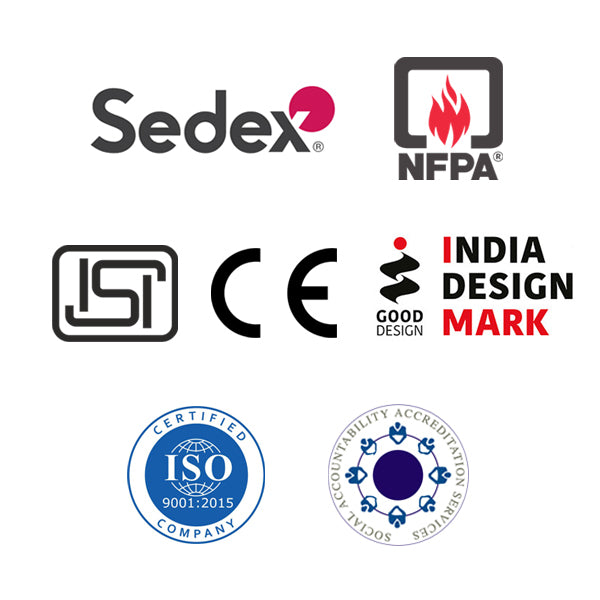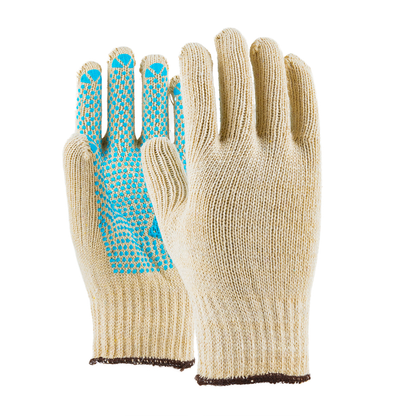C0705D
Share
Knitted Gloves
- 100% Cotton. 660gms/Dzp
- Seamless Knitted with 07 gauge machine
- PVC dots on palm
- Lightweight gloves with excellent resistance to abrasion and enhanced grip
Reinforced
Cut Resistant
Dexterity
Knitted Wrist
Select Size
C0705D
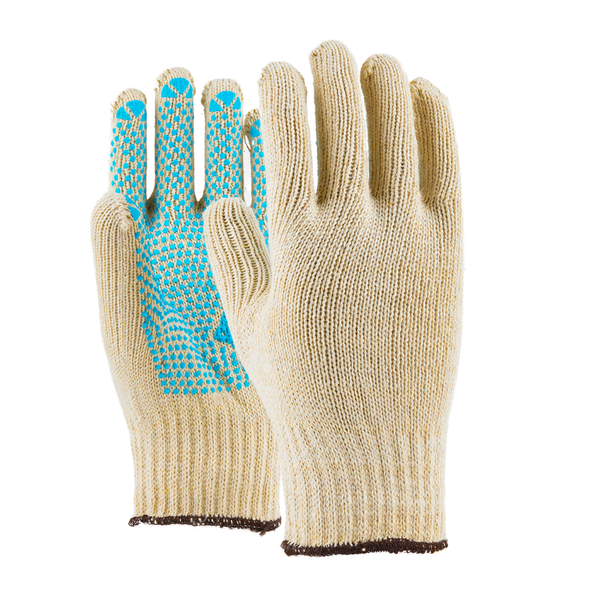
Size Chart
How to Measure
C0705D

C0705D

EN 388
Delivery & Services

Easy Return
with our 15 days return poicy
Regular price
Rs. 0
Sale price
Rs. 0
Regular price
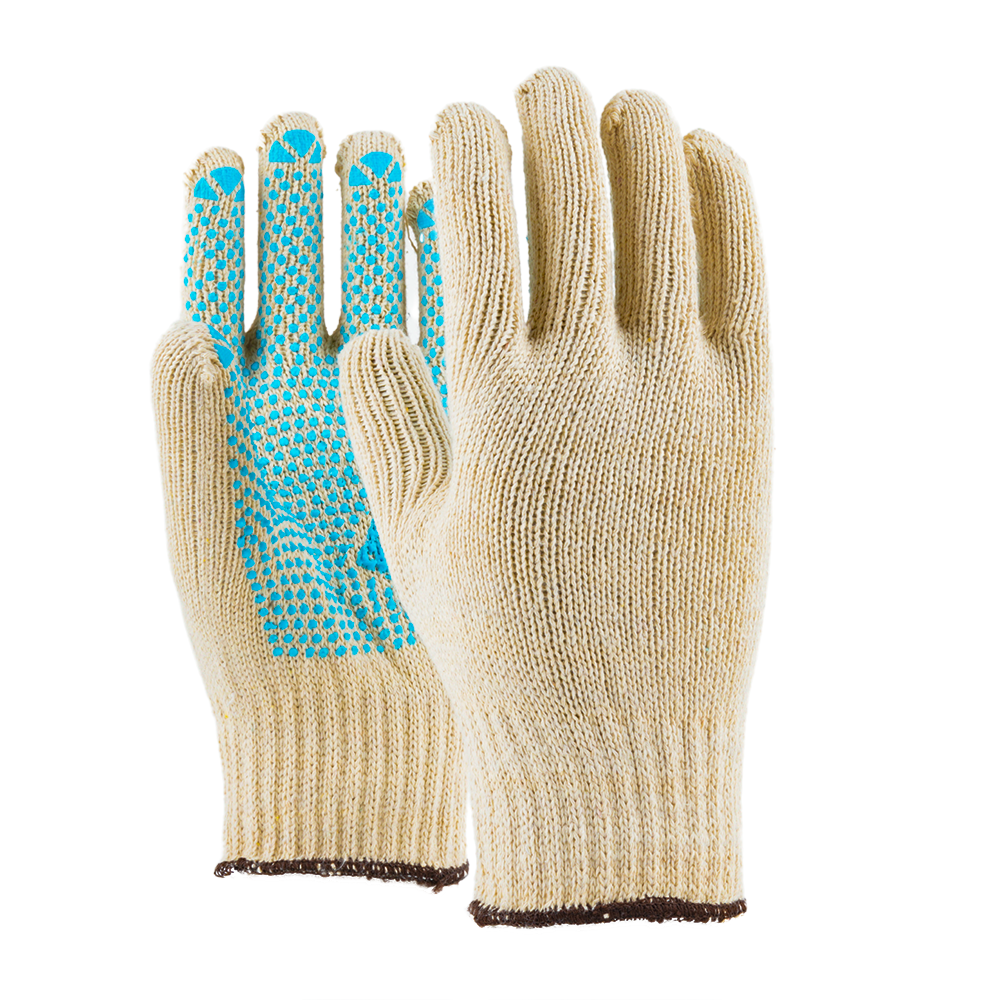
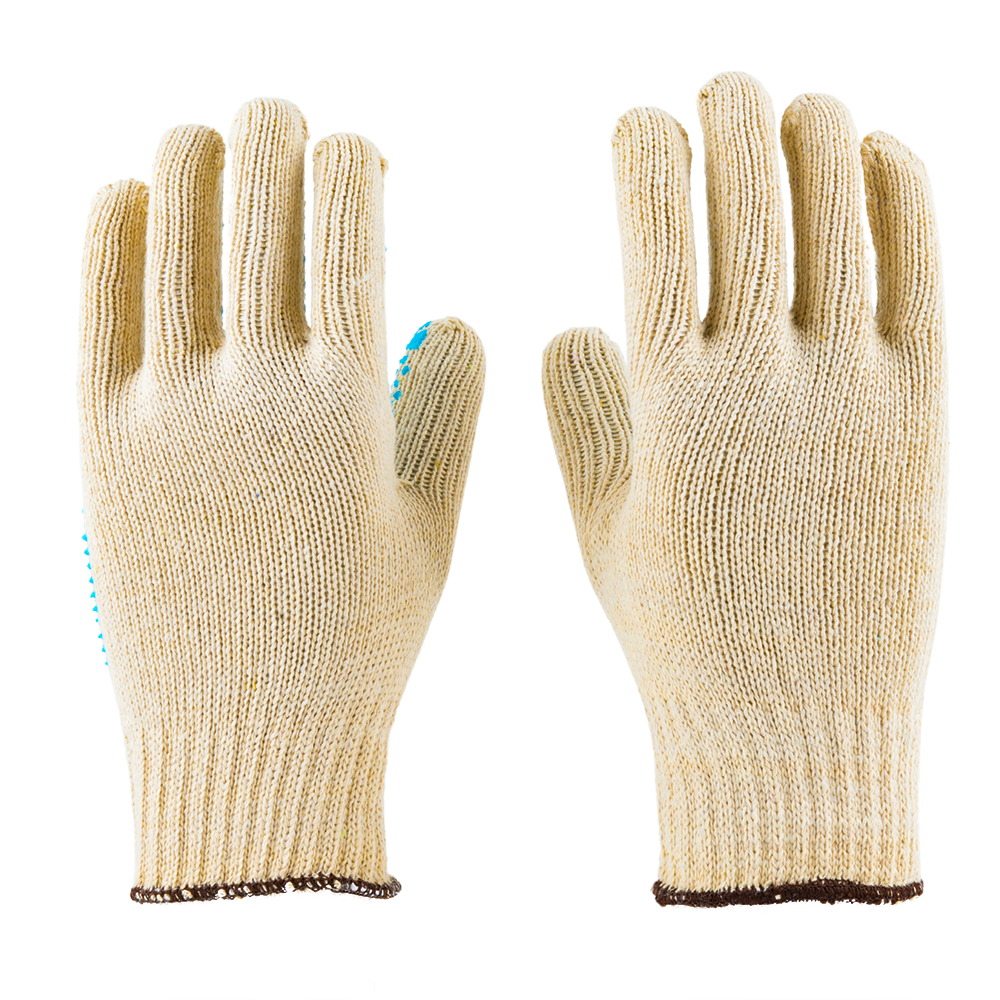
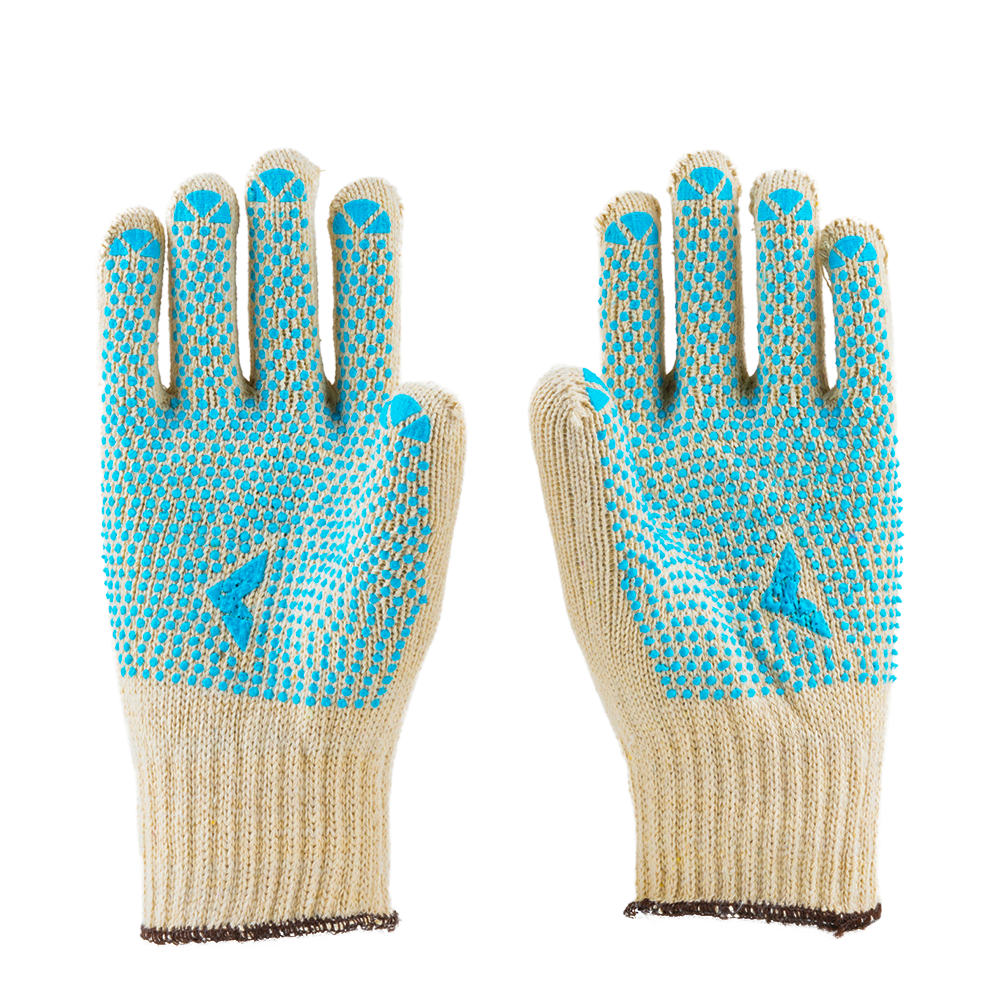
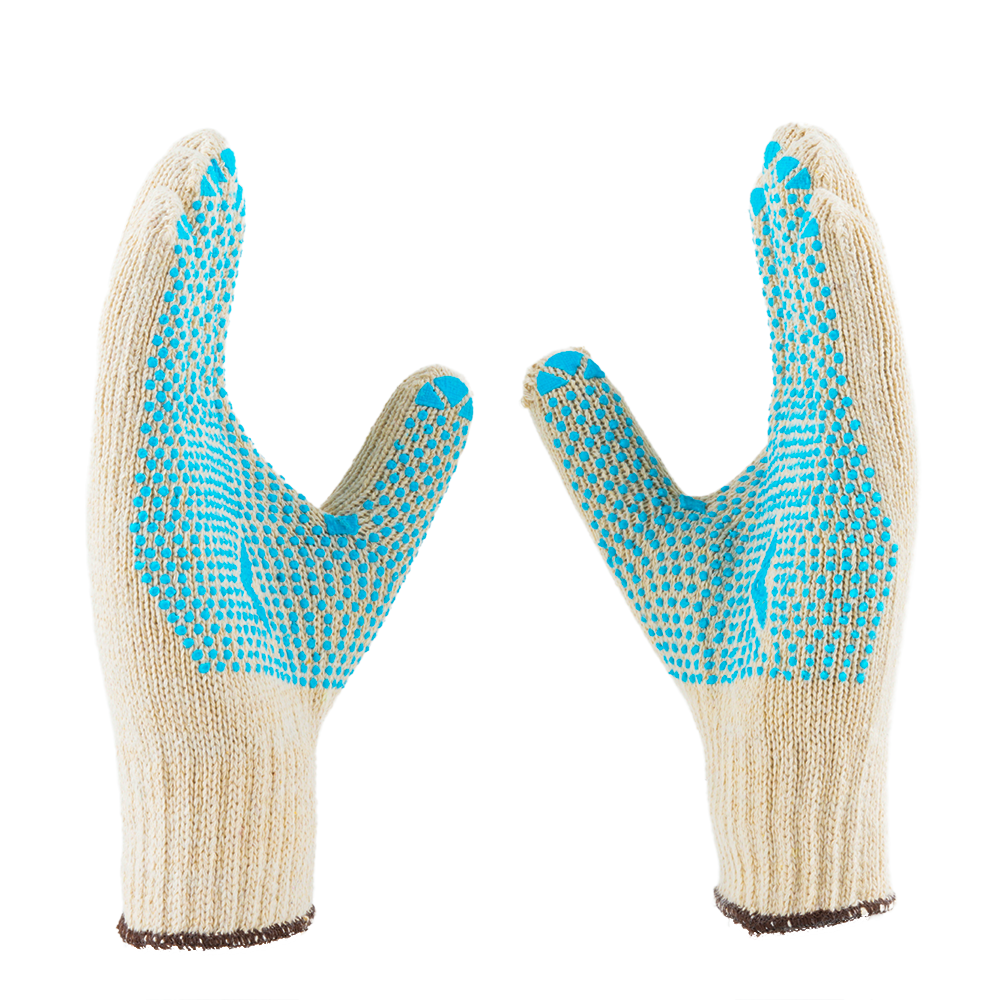

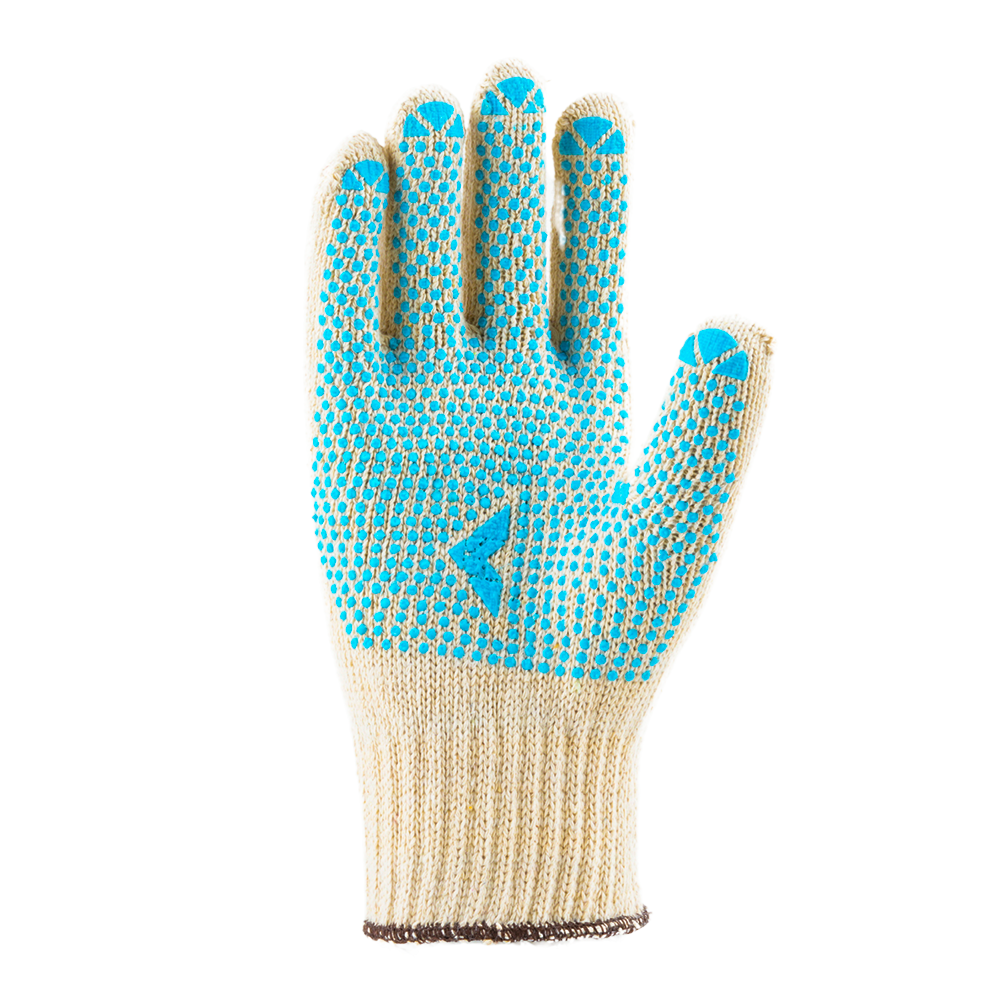
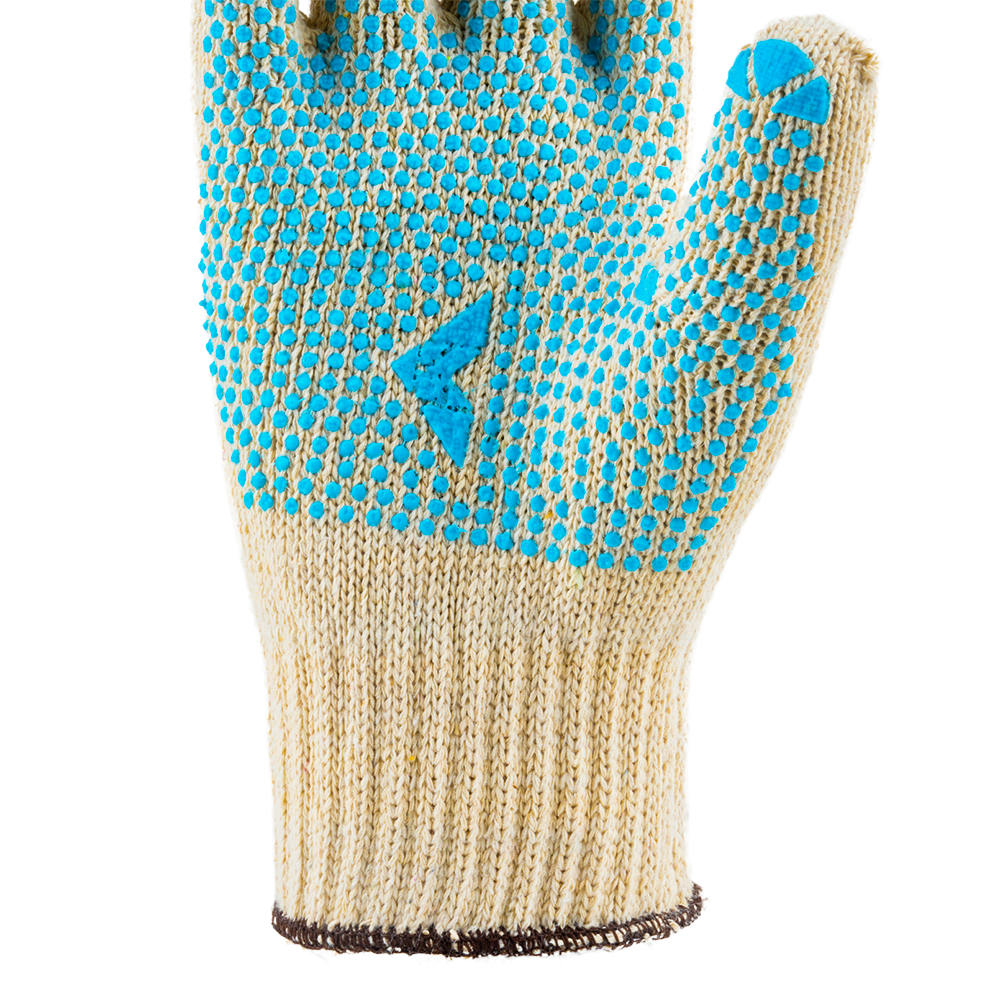
ABOUT THE DESIGN
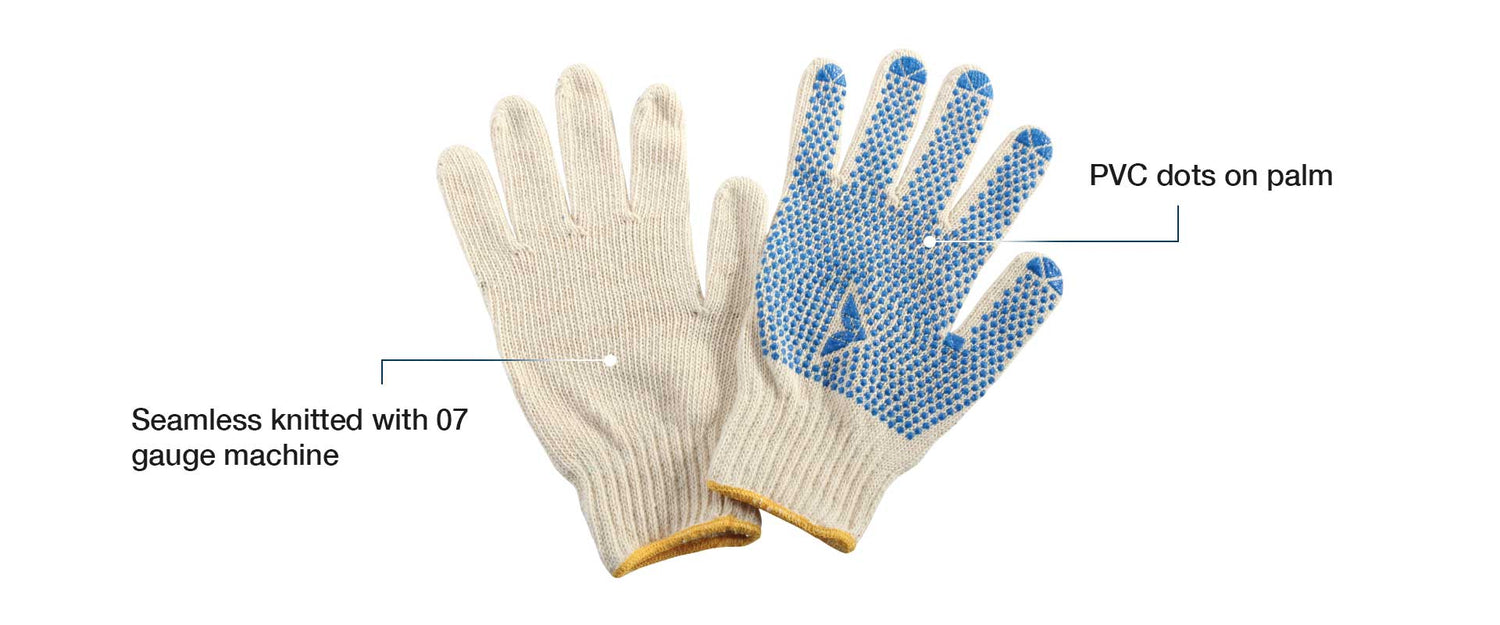
USEFUL IN THESE INDUSTRIES
LIGHT ENGINEERING
HOSPITALITY
LOGISTICS
MAINTENANCE

Product Features
ABOUT THE DESIGN
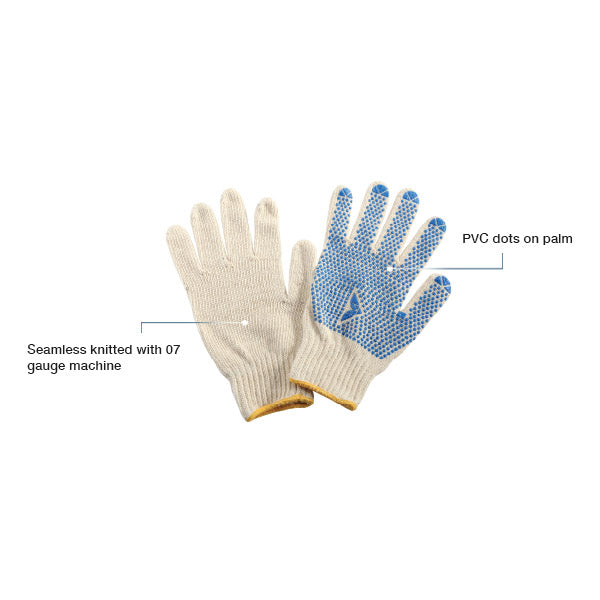
USEFUL IN THESE INDUSTRIES
LIGHT ENGINEERING
HOSPITALITY
LOGISTICS
MAINTENANCE
Product Details
